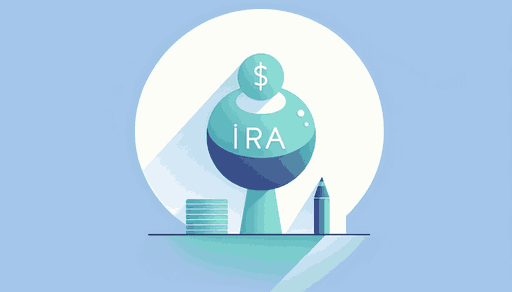What is an Individual Retirement Account (IRA)?
Explore what an Individual Retirement Account (IRA) is and how it can be a key component in retirement planning, offering tax advantages for your long-term savings.

An Individual Retirement Account (IRA) is a tax-advantaged investment tool designed to encourage individuals to save for retirement. IRAs come in various types, each offering distinct tax benefits and rules regarding contributions, withdrawals, and investment growth.
Types of IRAs and Their Benefits
There are several types of IRAs, including Traditional IRAs, Roth IRAs, SEP IRAs, and SIMPLE IRAs. Traditional and Roth IRAs are most commonly used by individuals, while SEP and SIMPLE IRAs are designed for self-employed individuals and small business owners.
- Traditional IRA: Contributions are often tax-deductible, and earnings grow tax-deferred. Taxes are paid upon withdrawal, typically in retirement when you may be in a lower tax bracket.
- Roth IRA: Contributions are made with after-tax dollars, and earnings grow tax-free. Withdrawals in retirement are tax-free, provided certain conditions are met.
- SEP IRA: Simplified Employee Pension IRA allows self-employed individuals to make contributions towards their and their employees’ retirements.
- SIMPLE IRA: Savings Incentive Match Plan for Employees IRA is designed for small businesses and allows both employer and employee contributions.
Contribution Limits and Regulations
IRAs have annual contribution limits set by the IRS, which may change year to year. In 2024, the limit is $7,000 for individuals under 50 and $8,000 for those 50 and older, allowing catch-up contributions. It’s crucial to be aware of these limits as exceeding them can result in penalties.
Withdrawal Rules and Penalties
Withdrawals from Traditional IRAs before the age of 59½ typically incur a 10% penalty along with income taxes. However, Roth IRAs offer more flexibility with early withdrawals on contributions (but not earnings) without penalties under certain conditions. Understanding these rules is essential for strategic retirement planning and avoiding unnecessary penalties.
Role in Retirement Planning
An IRA should be a part of a broader retirement strategy, which might also include employer-sponsored plans like 401(k)s. The choice between a Traditional or Roth IRA often depends on your current tax rate, expected future income, and retirement goals.
Planning Your Retirement with ProjectionLab
Whether you’re deciding between a Traditional or Roth IRA, calculating your future tax implications, or consolidating retirement accounts, ProjectionLab helps make informed decisions. Begin optimizing your retirement savings with ProjectionLab.